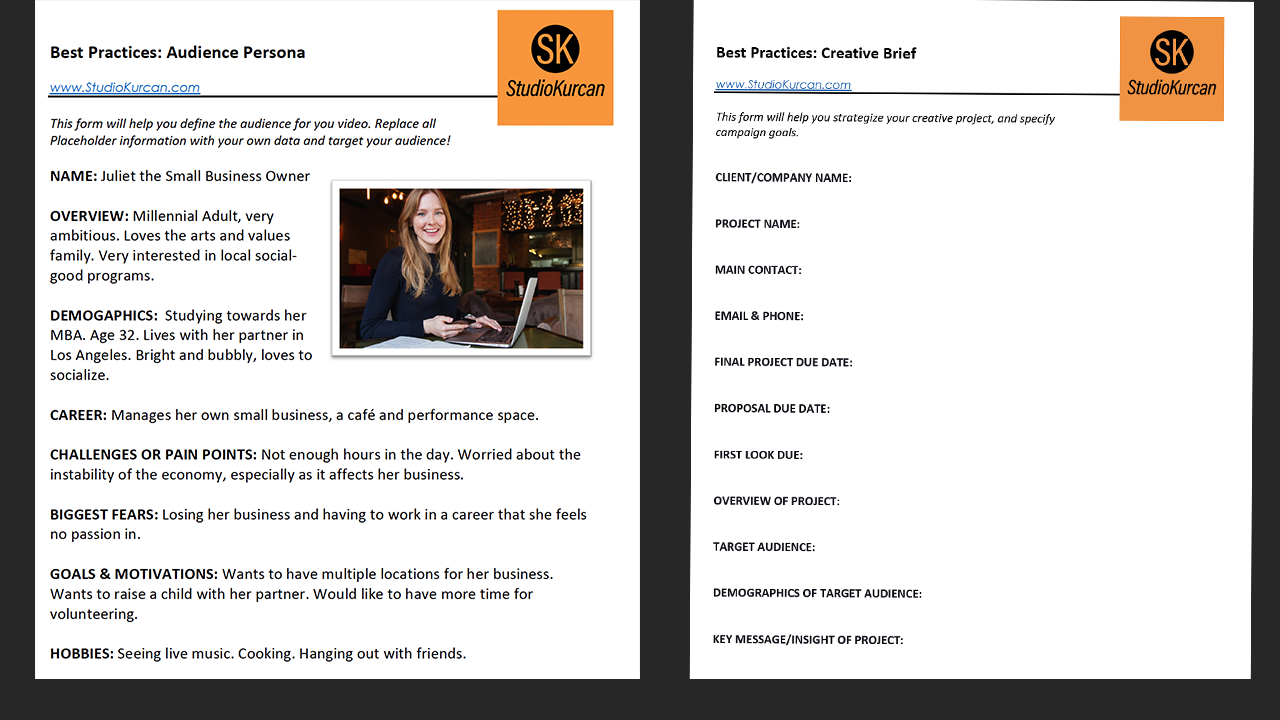Hearing, "That's a wrap!" is a moment of joy, sometimes relief, on set. But sadly, it's far from time to crack open the champagne. After the grip truck is loaded and off the dock, the Editing phase of your project begins.
This final stage of the production often fills clients and creatives with dread. Pre-production is the dream, onsite production packed with action. Post-production is the sobering moment wherein we have to stitch all of these fantastic shots together in a compelling fashion.
After the grip truck is loaded and off the dock, the Editing phase of your project begins.
The good news is that post-production doesn't need to be terrifying. With proper organization, a video practically edits itself (with, of course, a stellar editor in play). While the stages may vary based on the type of project you're working on, the standard process is as follows:
Logging
First Assembly
Rough Cut
Fine Cut
Locked Cut
Mastering
Logging or Ingest can be one of the most time-consuming stages of the post-production workflow. During onsite production, the Script Supervisor should be taking notes on each shot, and the Digital Image Technician will index and organize all video and audio content on to hard drives. This process will immensely help the editor during logging. All recorded content gets ingested into the editing system, organized into bins (folders) that correlate to the planned script and storyboard. Applicable raw footage and audio files will be synched, and selects (best takes) are identified at this time. For highly technical or content-dense projects, transcribing all audio takes for reference is invaluable.
Logging clips gives you the opportunity to catalog everything that was captured during the shoot.
First Assembly (aka First Cut or Editor's Cut) is just that - the first assembly of select content into a story. This cut will extend well beyond the ideal length of the finished video and may contain multiple takes side by side for comparison. The sequence should follow the general arc of the approved storyboard.
The Rough Cut or Director's Cut is the first look at the fleshed-out story. This cut should be able to convey the client's vision for the video. It should have a music bed, tentative transitions, and “For Placement Only” placeholders for any pending titles, motion graphics, or special effects. If a voiceover is required, a scratch track is laid down by the editor for timing. This cut will often render in a lower quality setting for speed.
Keep in mind that a rough cut will not be perfect - audio and color grading will be rough. Focus on the story and overall flow. It is crucial to address any significant changes to the story, to avoid costly revisions down the line. Client approval must happen before moving onto the fine cut stage.
Don’t fear the FOP - real assets will be included soon enough!
The Fine Cut should address all notes gathered from the rough cut. All FOP (for placement only) placeholders are replaced with motion graphics (but not special effects). Audio should be balanced, and the professional voiceover track included. The client must approve picture lock, meaning that the timing and length of the video can no longer change without overage charges.
A Locked Cut or Final Cut will go through audio mastering and color grading. Audio mastering is often called sweetening the mix and will include any ADR (automatic dialogue recording), sound effects, and music touch-ups. Color grading ensures that all video clips are visually consistent throughout the piece. This cut will have overlay special effects, chroma-key backgrounds, and closed captioning added if needed.
Once everything has been reviewed and approved, the editor will render the Master. This render will be at full resolution and packaged in various digital and physical formats. The master cut undergoes a final quality check and if passing goes to the client for distribution. And that's it - pop the cork and let the champagne flow!
You’ve earned it! Image by Myriam Zilles via Pixabay
While the post-production process may seem daunting, proper planning and execution will make it a lot easier to bear. StudioKurcan is always here to help you through the process. Quality, consistent communication between the post crew and the client throughout every stage is essential. Stay tuned to the SK Backstage Blog for more insights, tips, and tricks!











